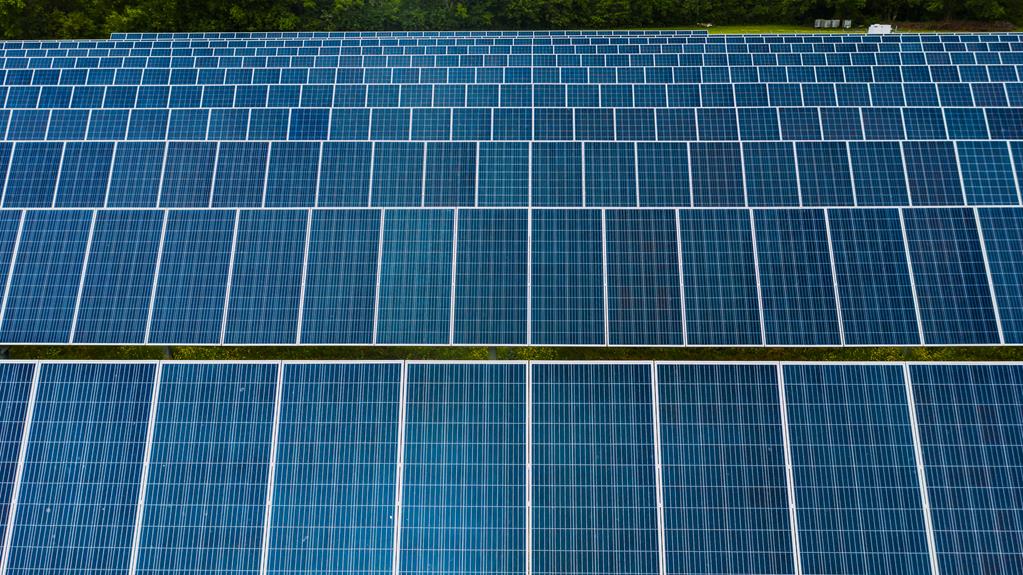Are you ready to tackle global warming head-on? Get ready to dive into a world of innovative energy-saving solutions that will make a real impact. Like a bright beacon of hope, these 14 ideas will guide you towards a more sustainable future.
From harnessing the power of the sun with solar panels to embracing electric vehicles for energy-efficient transportation, these solutions will help you reduce your carbon footprint and contribute to a healthier planet.
Let’s take action and make a difference together.
Solar Power: Harnessing the Sun’s Energy
If you want to reduce your carbon footprint and save money on your energy bills, you should consider harnessing the sun’s energy through solar power. Solar power is a sustainable and cost-effective solution that can help you become more environmentally friendly while also providing significant savings.
One key aspect to consider when investing in solar power is solar panel efficiency. The efficiency of solar panels determines how effectively they can convert sunlight into usable electricity. By choosing high-efficiency solar panels, you can maximize the amount of electricity generated and optimize your energy production.
Additionally, solar energy storage is another crucial factor to consider. It allows you to store excess energy generated during the day and use it during times when sunlight is insufficient. This ensures a continuous supply of electricity and minimizes reliance on the grid.
Energy-Efficient Transportation: Embracing Electric Vehicles
To further reduce your carbon footprint and contribute to global energy-saving efforts, consider embracing electric vehicles as a means of energy-efficient transportation. Electric vehicles (EVs) are becoming increasingly popular due to advancements in technology and the growing concern for environmental sustainability. Here are three key reasons why embracing EVs is crucial for the future of electric transportation:
Electric vehicle infrastructure:
The development of a robust charging network is essential to support the widespread adoption of EVs. Governments and private companies are investing heavily in expanding the charging infrastructure to ensure convenient and reliable charging options are available to EV owners.
Environmental benefits:
EVs produce zero tailpipe emissions, reducing air pollution and greenhouse gas emissions. By switching to electric vehicles, you can help combat climate change and improve air quality in your community.
Cost savings:
Although the upfront cost of EVs may be higher than traditional vehicles, the long-term savings on fuel and maintenance can offset this initial investment. Additionally, as the demand for EVs increases, the cost of batteries and other components is expected to decrease, making them more affordable in the future.
Embracing electric vehicles isn’t only a sustainable choice but also a step towards a greener future. Join the growing community of EV owners and contribute to the global effort to combat climate change.
Smart Homes: Using Technology for Energy Conservation
By incorporating smart technology into your home, you can actively conserve energy and contribute to global warming solutions.
One way to achieve this is by installing smart thermostats, which allow you to control the temperature of your home remotely. These devices learn your preferences and adjust the heating and cooling accordingly, optimizing energy usage.
Additionally, smart thermostats can be programmed to automatically adjust the temperature when you’re away, further reducing energy consumption.
Another energy-saving feature of smart homes is energy monitoring. By using smart meters and monitoring systems, you can track your energy usage in real-time and identify areas where energy is being wasted.
This information empowers you to make informed decisions and take actions to reduce your carbon footprint.
Sustainable Agriculture: Reducing Emissions in Farming Practices
You can continue contributing to global warming solutions by exploring sustainable agriculture and its role in reducing emissions in farming practices.
Here are three key ways sustainable agriculture can help tackle emissions:
- Precision farming: By using advanced technologies like GPS and sensors, farmers can optimize the use of resources such as water, fertilizers, and pesticides. This reduces waste and minimizes the environmental impact of farming activities. Precision farming also helps improve crop yields, leading to more efficient land use.
- Organic fertilizers: Traditional chemical fertilizers contribute to greenhouse gas emissions, particularly nitrous oxide, a potent greenhouse gas. Organic fertilizers, on the other hand, are derived from natural sources like compost and manure. Not only do they provide essential nutrients to crops, but they also release fewer greenhouse gases, making them a more sustainable choice.
- Carbon sequestration: Sustainable agriculture practices like agroforestry and cover cropping can help sequester carbon dioxide from the atmosphere and store it in the soil. This reduces the amount of greenhouse gases in the atmosphere and contributes to climate change mitigation.
Green Building Practices: Constructing Eco-Friendly Structures
One key aspect of combating global warming is implementing eco-friendly construction practices that prioritize energy efficiency.
Green building practices involve using sustainable materials and optimizing passive design to create eco-friendly structures.
When it comes to sustainable materials, it’s crucial to use resources that have minimal impact on the environment. This includes using recycled materials, such as reclaimed wood and recycled steel, as well as utilizing renewable resources like bamboo and cork.
Additionally, using eco-friendly insulation materials, such as cellulose or recycled denim, can greatly reduce energy consumption.
Another important aspect of green building practices is passive design, which focuses on optimizing natural ventilation and reducing the need for mechanical cooling or heating systems. By incorporating features like strategic window placement, shading devices, and natural airflow patterns, buildings can effectively reduce energy consumption and decrease their carbon footprint.
Implementing these eco-friendly construction practices not only helps combat global warming but also promotes a sense of belonging to a community that values sustainability and environmental responsibility.
Conclusion
So, you’ve learned about these 14 innovative energy-saving solutions for global warming. Congratulations! Now you can go back to your energy-guzzling lifestyle, secure in the knowledge that these amazing solutions will fix everything.
Who needs to actually make changes when we’ve technology and fancy ideas? Keep relying on others to solve the problem, and we’ll see how that works out for you.
Good luck!




